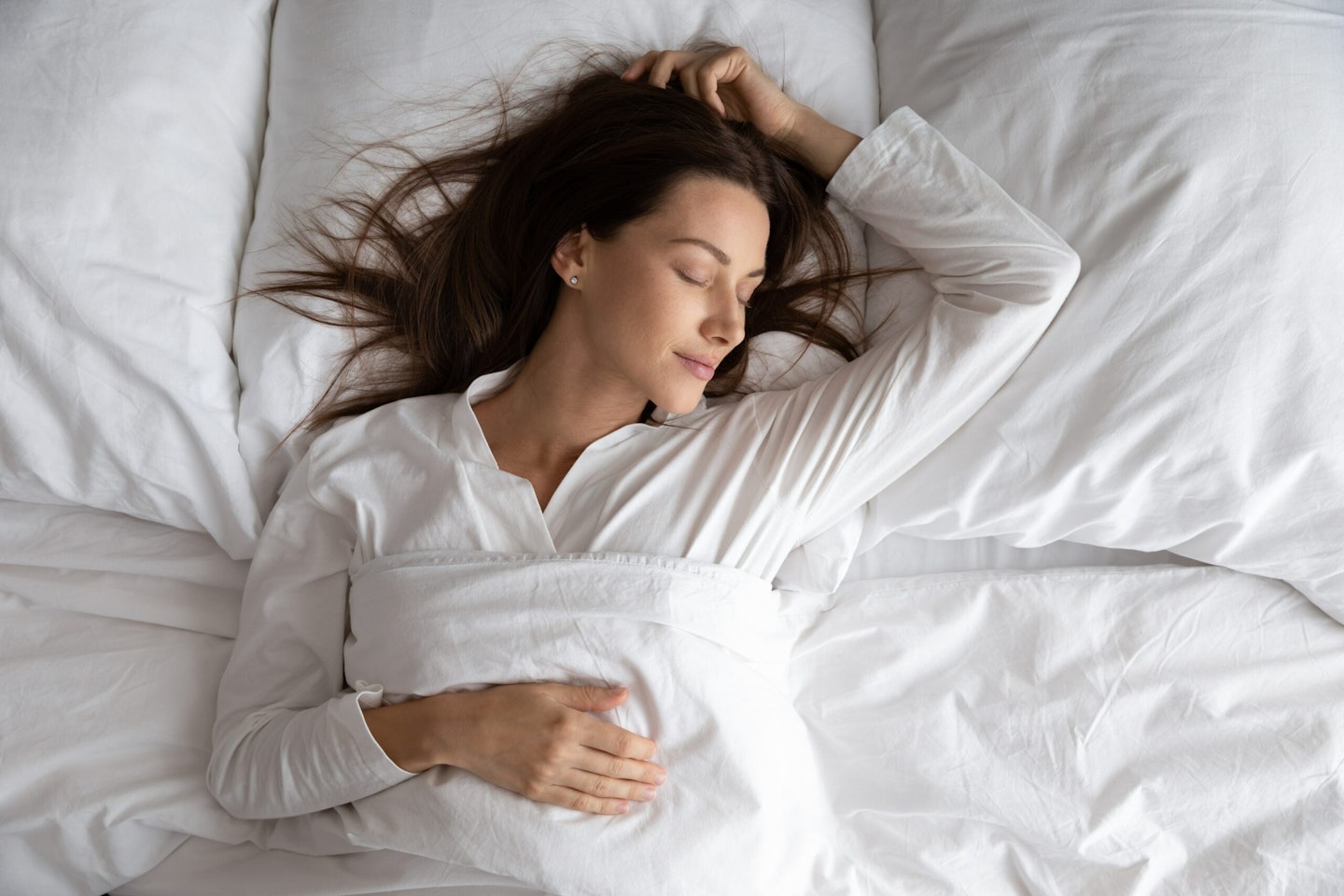If aches and pains are sabotaging your shut-eye, read on...
We all know how important a good night's sleep is, but research has found that as many as one in 20 people with long-term neck, shoulder or back pain might have it due to sleep problems. So as well as sleeping well, we need to make sure we're sleeping comfortably too.
“Back pain and sleep can exist in an ongoing cycle,” says Kiera Pritchard, sleep expert from Eachnight Mattresses (Eachnight.com). “If you have existing back pain, you might be getting less sleep because you are being woken by the pain, and the lack of sleep can also contribute to back pain because your body does not have enough time to restore its tissues while you sleep.” Several factors might be contributing to your pain – from inappropriate bedding or an inadequate routine to positions that exacerbate injuries or put your body under unnecessary pressure.
BAD BEDDING
What we sleep on can contribute to our aches and pains and registered chiropractor Christian Caswell of Top Chiropractic (Topchiropractic.co.uk) suggests we start by checking our pillows. “Not every pillow will work for everyone but a good rule of thumb is to buy a pillow that is low and firm,” he says. “This is because your head should be at the same height as the rest of your body and not elevated.”
Your choice of mattress is important, too. “It might be worth reading up on what mattress could be best for you and the pain, depending on where it is,” adds Christian. “For example, if you are experiencing back pain then a memory foam mattress might be best to align your spine.”
POOR POSITION
“If you sleep in an unnatural position your muscles can become locked, which can lead to pain,” explains Christian. “For example, sleeping on your stomach can lead to you twisting your neck.”
“Sleeping on your stomach is one of the worst positions for back pain, as it puts unnatural pressure on your spine,” adds Kiera. “It forces your neck to rotate to either the right or left side and this position can compromise the flow of blood, lymph and spinal fluid and may cause joint pain.”
So, what is the best position to sleep in? “Everyone’s body is different, and some positions may be better for you based on your height, weight or previous injuries, but back sleeping is the most recommended position for those with back pain,” says Kiera. “This is because the vertebrae in your back can align naturally in a neutral position without any kinks or curves.”
“47 per cent of people sleep in the foetal position which leaves the spine in a curled-up position, which could cause back pain over time,” notes Christian. “Back sleeping keeps your spine in a neutral position. Keeping your spine aligned and helping with weight distribution helps to prevent pain.”
“If you struggle to sleep on your back, side sleeping is preferable to stomach sleeping,” advises Kiera. “Side sleepers are encouraged to use a pillow between their knees, which aligns the hip flexors and neutralises the spine.”
THE WRONG ROUTINE
What you do during the day can have an impact on how comfortably you sleep at night, too. “You can look into different ways to help strengthen your muscles to prevent pain from occurring,” advises Christian. “For example, pilates and swimming help with muscle strength.”
Simple stretching exercises might also help. “The importance of stretching can be overlooked, but regular stretching can have a positive impact on the body and mind,” says Luke Hughes, personal trainer at OriGym. “Aching muscles can cause discomfort and keep us awake at night. Adding stretches into your night-time routine will keep this pain at bay. Not only that, but stretching can also improve blood flow, muscle tension and help the body fall into a state of relaxation. The more we can get our body and mind to relax before sleep, the more effective and efficient our state of rest will be.”
A simple bath or shower might work wonders, too. “Not only does the hot water soothe tension in our muscles, when we dry off and the water evaporates from our body our temperature drops,” explains Anna Campkin, life coach and NLP practitioner for Goldster. “This mimics the natural drop in temperature we experience before we sleep – thus making us sleepy.”
Once you’ve got your routine right, you can look forward to a more comfortable night’s sleep – forever. “When you have a great night’s sleep it can reduce stress, which has been linked to muscle tightness and pain,” says Christian. “Having a well-planned sleeping routine can relieve stress and therefore help relieve the pain itself.”

PUT YOUR BACK INTO IT
“Only 10 per cent of people sleep on their backs and most have had to train themselves to sleep this way comfortably,” says Kiera. She suggests training yourself to sleep on your back using the following process….
1 It may feel unnatural to sleep on your back at first, so try doing something enjoyable in this position for several nights. For example, listen to your favourite album or podcast while lying comfortably on your back. These exercises will help train your mind to associate this position with comfort.
2 Use pillow props. Many people feel vulnerable when sleeping on their backs, but you can counteract this by recruiting an array of pillows to support you. Most people feel supported with one pillow under each arm and one under the knees.
3 Persistence. Even if you fall asleep on your back, you will likely wake up in a different position. When you wake up, just flip back to your back and try again. Eventually, you will spend most of your time sleeping on your back.

